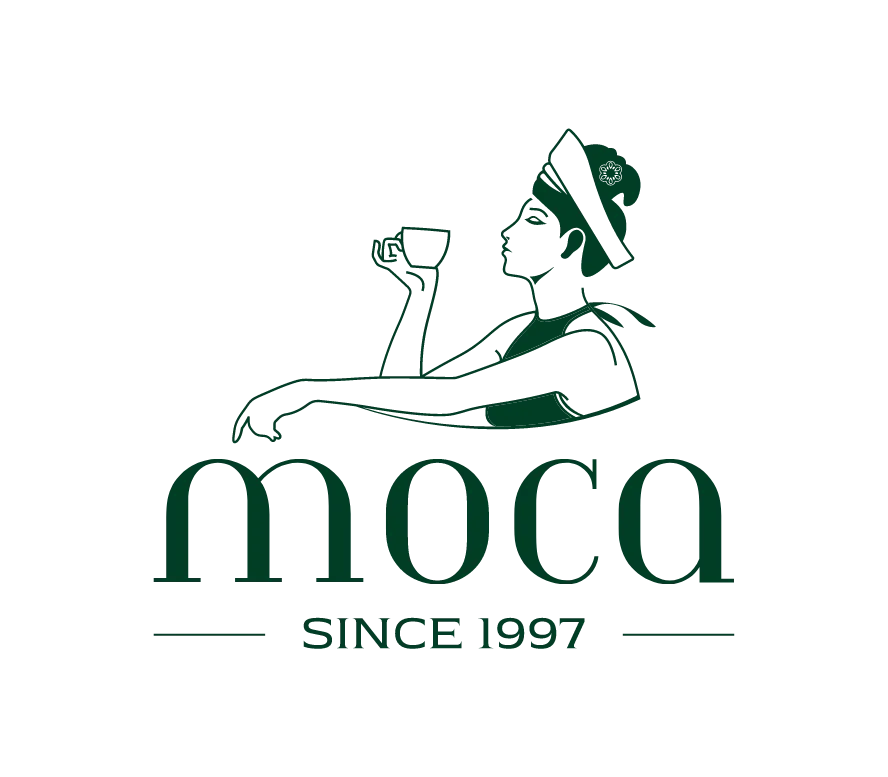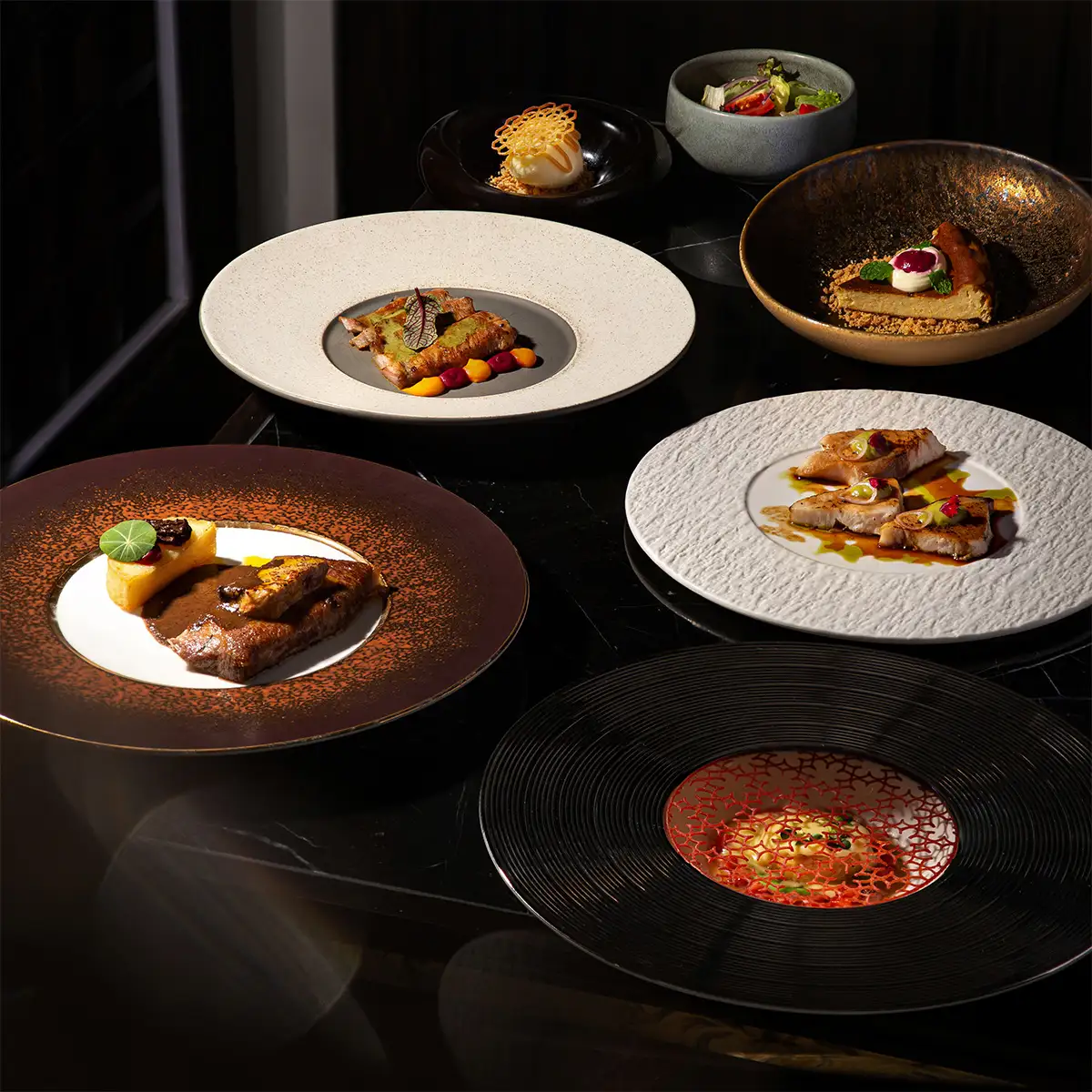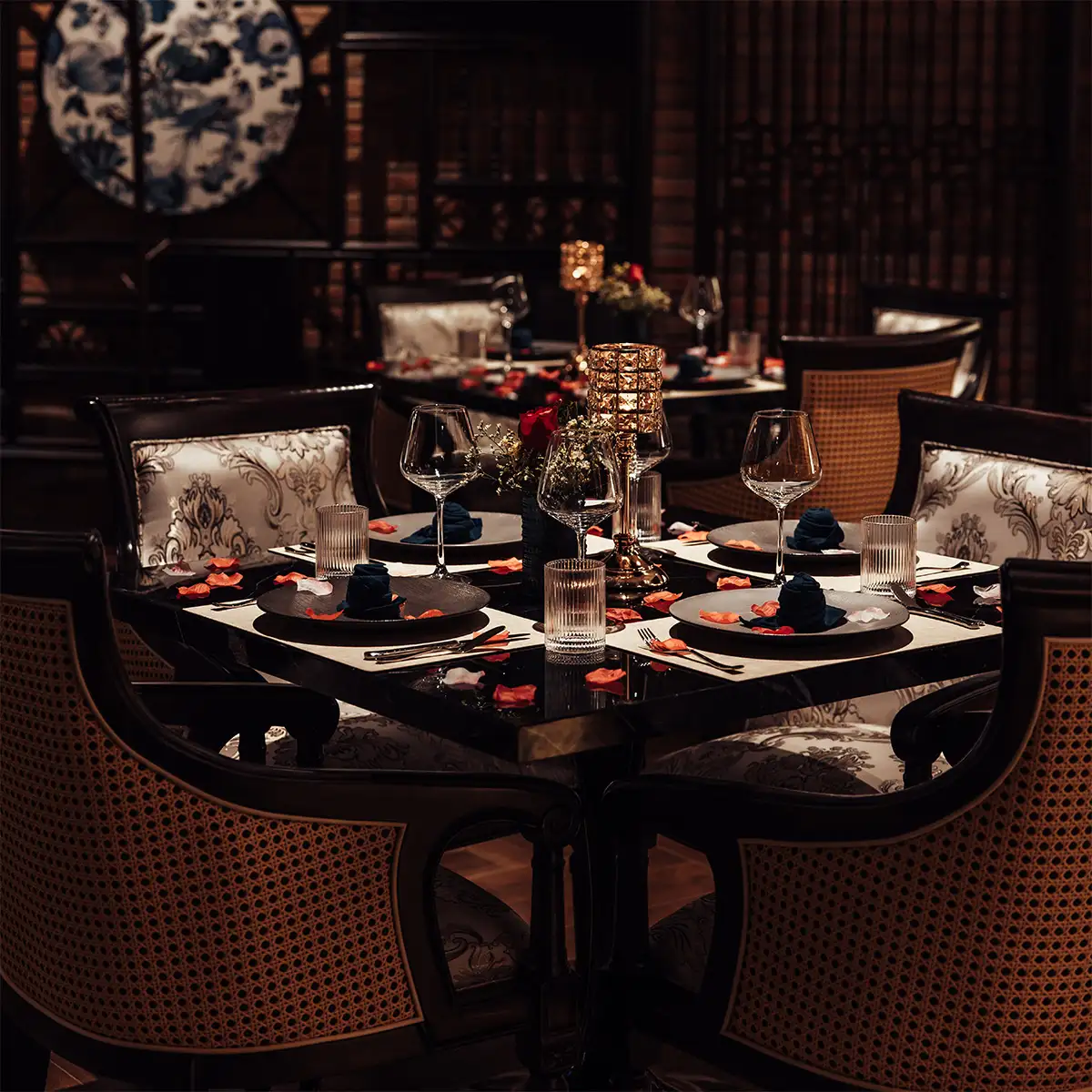The allure of dining at a Michelin-starred restaurant is undeniable. These establishments represent the pinnacle of culinary achievement, offering unparalleled gastronomic experiences. However, it is also widely perceived that Michelin-starred restaurants are inherently expensive. This article aims to provide a realistic and objective overview of Michelin restaurant prices, offering insights into the factors that influence these costs and providing practical tips for budgeting your experience. Ultimately, dining at a Michelin-starred restaurant is often considered an investment in culinary artistry, and understanding the associated costs is crucial for making an informed decision.
1. Factors influencing Michelin restaurant prices:
Several key factors contribute to the overall cost of dining at a Michelin-starred restaurant. Understanding these elements is essential for comprehending Michelin restaurant prices.
- Star rating: The Michelin Guide's star rating system is a direct reflection of the restaurant's culinary excellence and overall dining experience. Generally, the number of stars a restaurant holds directly correlates with its pricing. A three-star restaurant, representing the highest level of achievement, will typically command significantly higher prices than a one-star establishment. This reflects the increased complexity, precision, and exceptional quality associated with higher-rated restaurants.
- Location: Geographical location plays a significant role in determining Michelin restaurant prices. Restaurants located in major metropolitan cities like New York, Paris, or Tokyo often have higher operating costs, including rent, labor, and utilities. These costs are often reflected in the menu prices. Conversely, Michelin-starred restaurants in regions with lower costs of living, such as Bangkok or certain areas of Spain, may offer more accessible price points.
- Cuisine type: The type of cuisine offered can also impact Michelin restaurant prices. Restaurants specializing in cuisines that require rare, imported, or exceptionally high-quality ingredients are likely to have higher menu prices. For example, restaurants focusing on Japanese omakase or those featuring premium seafood may be more expensive due to the specialized sourcing and handling of ingredients.
- Menu format: The structure of the menu significantly influences the overall cost.
- À la carte vs tasting menu: À la carte menus, where diners select individual dishes, generally offer more flexibility in terms of pricing. Diners can choose to order fewer courses or opt for less expensive items. Tasting menus, on the other hand, offer a curated multi-course experience and typically command a higher price. While tasting menus provide a comprehensive overview of the chef's culinary vision, they represent a more significant financial commitment.
- Lunch vs dinner: Lunch menus at Michelin-starred restaurants are often more affordable than dinner menus. Restaurants may offer a simplified version of their dinner menu or a special prix fixe lunch menu at a lower price point. Opting for lunch can be an excellent way to experience a Michelin-starred restaurant without incurring the full cost of a dinner service.
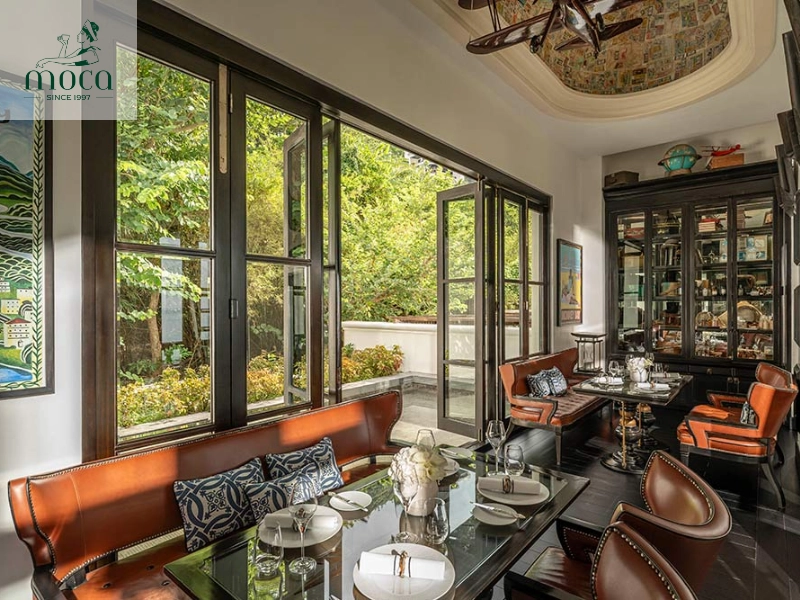
Beyond the stars: Pricing at Michelin restaurants reflects more than just prestige — it’s a blend of ingredients, artistry, and setting.
- Ingredients: Michelin-starred restaurants are committed to using the highest quality ingredients, often sourced from local farms, artisanal producers, or imported from around the world. The cost of these premium ingredients contributes significantly to Michelin restaurant prices. Seasonal ingredients, which are only available for a limited time, may also command a premium due to their scarcity and exceptional flavor.
- Labor and expertise: The exceptional dining experience at a Michelin-starred restaurant is the result of the expertise and dedication of a highly skilled team. This includes experienced chefs, sommeliers, and a well-trained service staff. The cost of employing and retaining these professionals contributes to the overall operating expenses and, consequently, Michelin restaurant prices.
- Ambiance and décor: The ambiance and décor of a Michelin-starred restaurant are carefully curated to enhance the overall dining experience. Restaurants invest in creating a sophisticated and elegant atmosphere, which may include luxurious furnishings, original artwork, and meticulously designed lighting. These investments contribute to the overall cost of the restaurant and may be reflected in the menu prices.
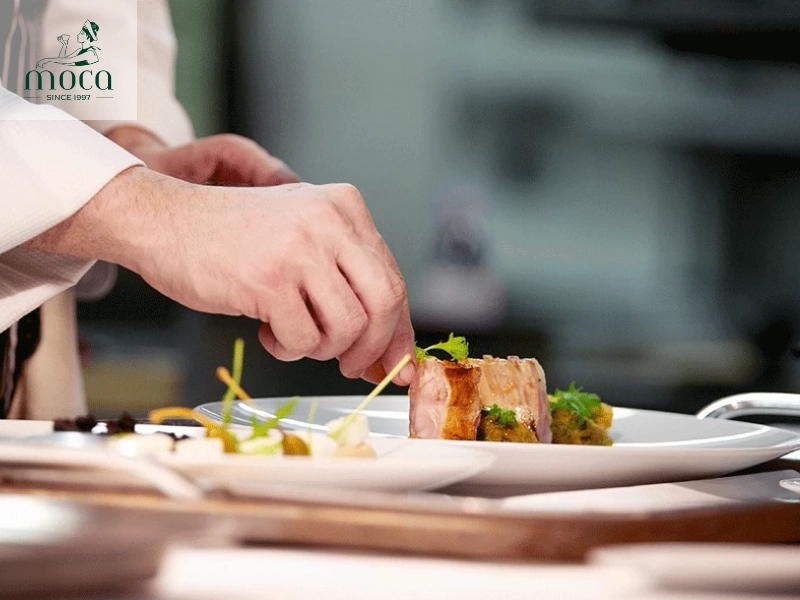
It’s more than a meal: Ingredients, talent, and ambiance all come together to shape the Michelin experience — and its price.
Learn more: Michelin Restaurant Reviews: What Makes a Restaurant Worthy of the Stars?
2. Price ranges: What to expect:
While Michelin restaurant prices can vary significantly based on the factors outlined above, it is possible to provide some general price ranges to help set expectations. Please note that these are broad estimates and actual prices may deviate considerably depending on the specific restaurant, location, and menu choices.
- One-star restaurants: A meal at a one-star restaurant typically ranges from $50 to $150 per person. This price point generally reflects a high-quality dining experience with innovative cuisine and attentive service. At this level, diners can expect carefully sourced ingredients, expertly prepared dishes, and a refined ambiance.
- Two-star restaurants: Dining at a two-star restaurant usually costs between $150 and $300 per person. This higher price range reflects a more elevated culinary experience with greater complexity, creativity, and attention to detail. Two-star restaurants often feature more luxurious ingredients, more elaborate plating, and a more extensive wine list.
- Three-star restaurants: A meal at a three-star restaurant typically starts at $300 per person and can easily exceed this amount. Three-star restaurants represent the pinnacle of culinary achievement, offering an unparalleled dining experience that is considered "worth a special journey." Prices at this level reflect the exceptional quality of ingredients, the mastery of culinary techniques, the impeccable service, and the overall extraordinary ambiance.
Important note: It is crucial to emphasize that these price ranges are merely guidelines. Michelin restaurant prices can fluctuate significantly based on the specific factors discussed in the previous section. Always consult the restaurant's menu and website for the most accurate and up-to-date pricing information.
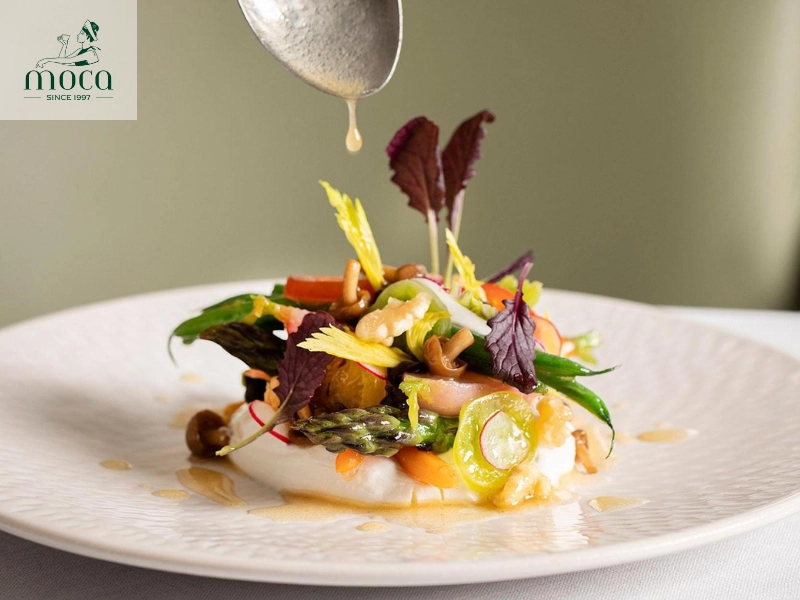
From refined to extraordinary: Michelin dining spans a wide range of prices, each level offering a unique taste of culinary excellence.
3. Additional costs to consider:
When budgeting for a Michelin-starred dining experience, it is essential to factor in costs beyond the menu prices. These additional expenses can significantly impact the overall cost of your meal. Understanding these potential costs will allow for more accurate financial planning.
- Wine and beverages: Wine pairings, cocktails, and other beverages can substantially increase the cost of your meal. Wine pairings, which are carefully selected to complement each course, can range from $50 to $200 or more per person. Cocktails and other alcoholic beverages can also add significantly to the bill. Opting for non-alcoholic beverages or selecting a less expensive bottle of wine can help manage these costs.
- Taxes and service charges: Remember to factor in applicable taxes and service charges (gratuity). Sales tax rates vary depending on the location of the restaurant. Service charges, typically ranging from 15% to 20%, are often added to the bill, especially for larger parties. Be sure to review the bill carefully to understand the total cost, including taxes and service charges.
- Transportation and parking: Consider the cost of transportation to and from the restaurant, as well as parking fees. If you are driving, research parking options in advance and factor in the cost of parking garages or valet service. Alternatively, consider using public transportation or ride-sharing services to avoid parking hassles and expenses.
- Special occasion add-ons: If you are celebrating a special occasion, such as a birthday or anniversary, you may be tempted to add extras like flowers, champagne, or personalized desserts. While these add-ons can enhance the experience, they can also significantly increase the cost of your meal. Be mindful of these potential expenses and factor them into your budget accordingly.
By considering these additional costs, you can gain a more comprehensive understanding of Michelin restaurant prices and plan your budget accordingly.

Michelin dining is about more than just the food: wine, service, and extra touches can all impact the final price.
Learn more: Michelin Star Restaurants Near Me
4. Tips for budgeting your Michelin-starred meal:
Experiencing a Michelin-starred restaurant does not necessarily require breaking the bank. By implementing strategic budgeting techniques, you can enjoy a memorable culinary experience without exceeding your financial means. Here are some practical tips for managing Michelin restaurant prices:
- Choose lunch over dinner: As previously mentioned, lunch menus are often more affordable than dinner menus. Opting for a lunch reservation can provide a similar culinary experience at a significantly lower price point. Many Michelin-starred restaurants offer special lunch menus or simplified versions of their dinner offerings at a reduced cost.
- Opt for a la carte: Consider ordering individual dishes from the à la carte menu instead of opting for a multi-course tasting menu. This allows you to select only the dishes that appeal to you and control the overall cost of your meal. By carefully selecting your courses, you can curate a satisfying dining experience while staying within your budget.
- Limit alcohol consumption: Be mindful of the cost of wine and other alcoholic beverages. Wine pairings and cocktails can significantly increase the overall cost of your meal. Consider ordering a single glass of wine or opting for non-alcoholic beverages to reduce your expenses.
- Look for special offers or promotions: Check for special offers, promotions, or prix fixe menus. Some Michelin-starred restaurants offer special promotions during certain times of the year or prix fixe menus that provide a set number of courses at a fixed price. These offers can provide excellent value and allow you to experience a Michelin-starred restaurant at a more affordable price.
- Dine during off-peak times: Consider dining during weekdays or less popular hours. Restaurants may offer lower prices or special promotions during off-peak times to attract customers. Dining during these times can also provide a more relaxed and intimate dining experience.
- Research the menu and prices in advance: Before making a reservation, carefully review the restaurant's menu and prices online. This will allow you to understand the cost of each dish and plan your meal accordingly. By researching in advance, you can avoid any surprises and ensure that your dining experience aligns with your budget.
By implementing these budgeting tips, you can effectively manage Michelin restaurant prices and enjoy a memorable culinary experience without exceeding your financial constraints.
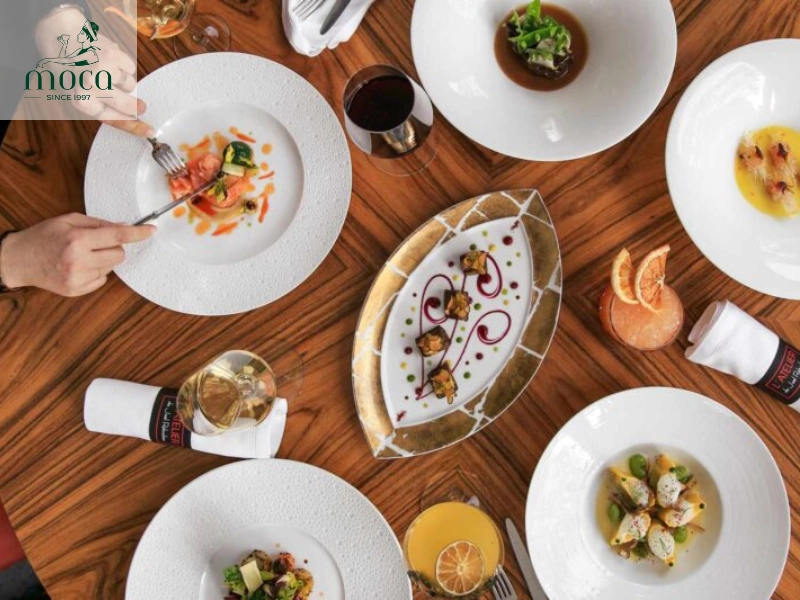
Smart budgeting lets you experience the Michelin dining journey without going over budget—plan ahead, choose wisely, and savor the moment.
In conclusion, Michelin restaurant prices are influenced by a complex interplay of factors, including star rating, location, cuisine type, menu format, ingredient quality, labor expertise, and ambiance. Understanding these elements is crucial for setting realistic expectations and planning your dining experience accordingly. Budgeting and careful planning are essential for managing the overall cost, and strategies such as choosing lunch over dinner, opting for à la carte selections, limiting alcohol consumption, and seeking special offers can help make the experience more accessible. Ultimately, dining at a Michelin-starred restaurant represents an investment in a unique and potentially transformative culinary experience. Readers are encouraged to weigh the cost against the potential value of the experience, considering the artistry, innovation, and exceptional service that these establishments offer.
If you're looking for more reviews on Michelin stars restaurants, don't hesitate to check out Moca Dining for more insights!
For reservations and more information, simply visit Moca Dining’s official website or contact us directly. We're here to make your dining experience truly memorable.
Contact details
Moca Dining
16 Nha Tho, Hang Trong Ward, Hoan Kiem District, Hanoi
Tel: 0819961997 | 08.1997.202
